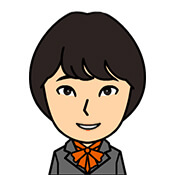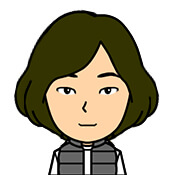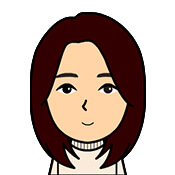
Once you can talk about people and things using “-이다, 아니다”, the next word is 있다/없다.
This is used when talking about the presence or absence of a person or thing.
How to use ‘있다/없다’.
An expression that can be used for both people and things.
The unique feature of 있다/없다 is that it can be used for both people and things.
People and things.
남자가 있다
There’s a man.
강아지가 없다
There are no puppies.
귤이 있다
There are tangerine.
It’s very simple!
Let’s describe family relationships.
The particle -이/가 is used according to the noun.
N + -이/가 있다, 없다
사과 + 있다 = 사과가 있습니다.
쌀 + 있다 = 쌀이 있습니다.
배 + 없다 = 배가 없습니다.
술 + 없다 = 술이 없습니다.
※N = Nouns
Let’s describe family relationships.

I have no father.

Sangwoo, do you have any siblings?
If the ending is -습니까, it becomes a question sentence.

I have an older brother. He is an athlete.

I have an older sister. But she’s not a doctor.
In this way, you can also talk about your relatives and friends briefly.
Points for successful use of 있다/없다.
Let’s use the word with the word for how much.
Let’s use it to describe the degree.

There are a few breadcrumbs.

There is no pepper at all.

Do you have a lot of salt?
Words like “많이, 조금” could be used to describe the situation in more detail.
Let’s use it with words that indicate location.
있다/없다 is effective when used with the word for location.

Mom is home now.

My sister is not in her room.

Where is the restroom?
If you are unsure of the location, use 어디.
Let’s add a word that tells you where it is.
It’s more effective if you add a location, position words.

There is a crosswalk in front of the restaurant.

There is a hospital behind that building.

Eggs are in the fridge.
You should must be able to express where people and things are.
Location, position words
| 앞 |  |
뒤 |  |
| 위 |  |
아래 |  |
| 옆 |  |
밑 |  |
| 왼 쪽 |  |
오른 쪽 |  |
| 안 |  |
밖 |  |
아래 is used for relatively open distances or large spaces, while 밑 tends to be used when the distance is close or in contact.
Practice with things you have in your room, etc.